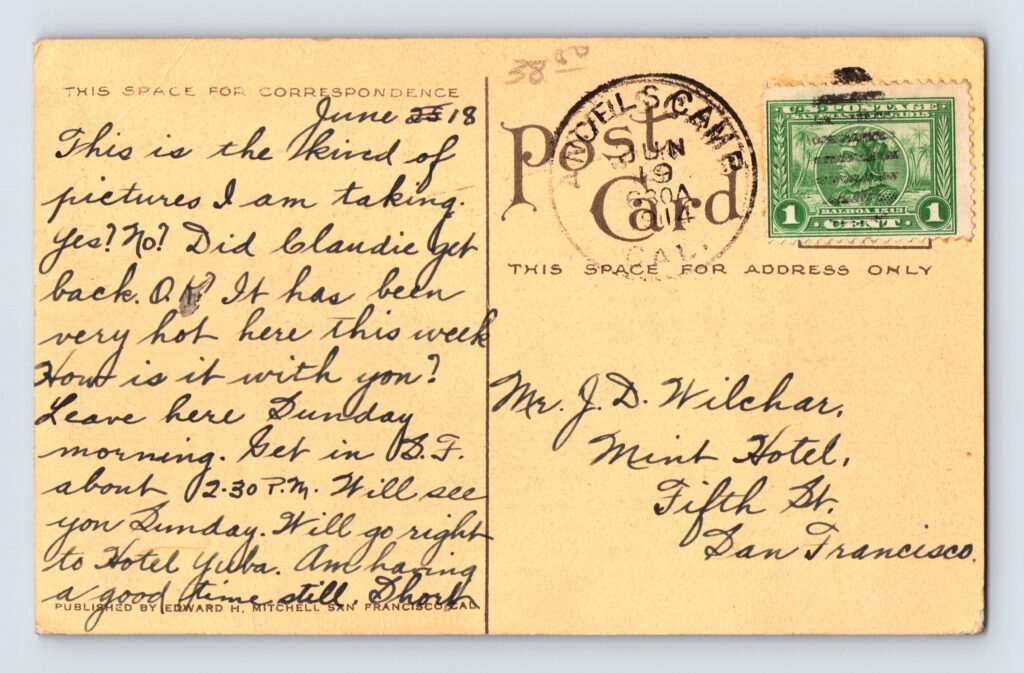
The Utica Mine, a significant landmark in the town of Angels Camp, California, played a crucial role in the region’s rich mining history. Its discovery and subsequent operation were instrumental in shaping the character and development of Angels Camp, transforming it from a quiet outpost into a bustling mining town.
The Utica Mine’s story begins in the mid-19th century, during the California Gold Rush. As prospectors flocked to the state in search of riches, the area around Angels Camp became a hotspot for mining activity. The discovery of the Utica Lode, a vein of gold-bearing quartz, sparked a new wave of excitement and led to the establishment of the Utica Mine.
The Utica Mine employed a variety of mining techniques, including hydraulic mining and hard-rock mining, to extract the valuable ore. These methods proved to be highly productive, yielding significant quantities of gold. The mine’s success contributed to the economic prosperity of Angels Camp and attracted a diverse population of miners, merchants, and service providers.
The Utica Mine’s impact extended far beyond the realm of mining. Its operation led to the growth of Angels Camp as a town, as new businesses, schools, and other community facilities were established to meet the needs of the burgeoning population. The mine also played a significant role in shaping the town’s cultural identity, as its history became intertwined with the stories of the people who lived and worked there.
While the Utica Mine is no longer operational, its legacy continues to be celebrated in Angels Camp. The mine’s historic site has been preserved as a testament to the region’s mining heritage, and visitors can learn about its history through guided tours and exhibits. Additionally, the Utica Mine’s story has been incorporated into local folklore and traditions, ensuring that its memory will live on for generations to come.


Leave a Reply